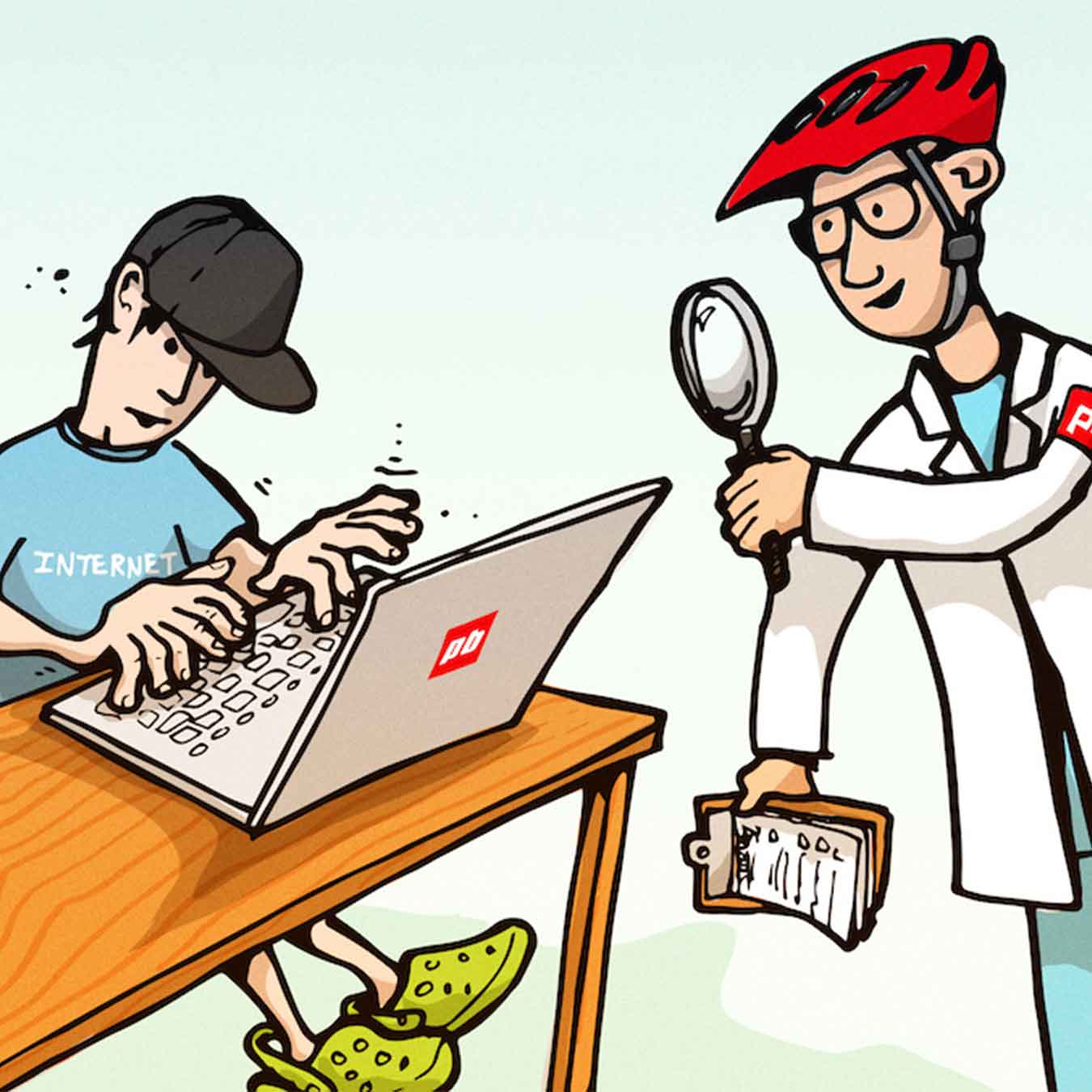┤Ī╠²┬Āof this article originally appeared on┬ĀPinkbike.╠²
It’s easy to become part of an echo chamber. Pinkbike often gets lost in the finer points of mountain bike technology, from suspension platforms to frame flex. But what kind of questions are people asking about mountain biking outside the platform? For one, what are the best mountain bikes for beginners? Below, Pinkbike’s editors offer concise answers to the ten most common mountain bike-related questions on search engines, social media, and online forums.
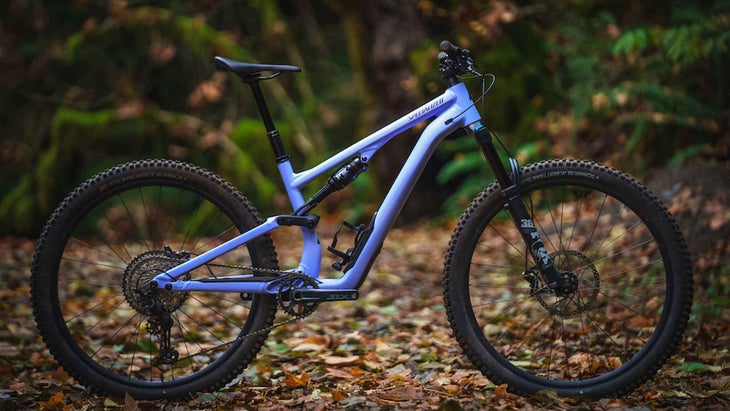
1. What Is the Best Mountain Bike for Beginners?
One you can afford. Don’t let the average mountain biker’s obsession with technology make you think you need all the latest features to have fun.
If you’re new to the sport, getting advice and after-sales support from a local shop can be invaluable. On the other hand, if you’re happy to take more risk and willing to do your own research, second-hand or direct sales bikes offer less daunting prices.
You may hear that you simply have to start mountain biking on a hardtail because it teaches you better skills. The truth is it teaches different skills. Hardtails are the way to go for those on a tight budget (under around $1,500 if buying new) as the cheapest full-suspension bikes are usually too compromised to be worth recommending.
If you’ve got a bigger budget, a solid trail bike with 130-160 millimeters of suspension travel and modern geometry should help build confidence (and with it, skill) faster and more painlessly than the sketchy hardtails many of us learned to ride on. Get a bike that’s appropriate for the trails you want to ride most often, but has the potential to tackle more challenging terrain as your skills improve.
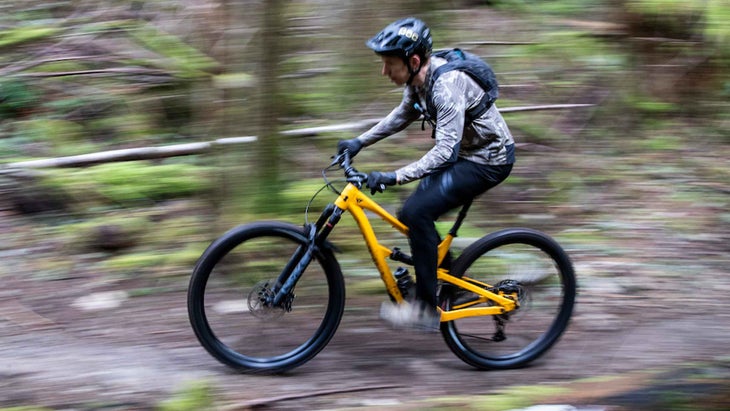
2. How Much Does a Good Mountain Bike Cost?
You certainly don’t need to splash out for a top-end bike to get something that performs just as well. For a bare-bones entry-level hardtail, budget around $1,500 for one that will allow you to get stuck into some serious riding. But if you want a full-suspension bike that’s going to satisfy a keen mountain biker, the best bang-for-buck is usually around $3,000 if buying new. The more you can afford up to that amount, the better the bike you can get, but above that, the benefits soon start to plateau.
The good news is that it’s a buyer’s market right now so there are lots of good deals if you shop around.
3. How Do I Maintain my Mountain Bike?
- Wash it when it’s dirty.
- Clean and lubricate the chain after every ride. After washing the bike, run it through a rag to wipe off dirt and water, then lubricate it with mountain-bike-specific chain lube.
- Check the tire pressures before every ride (see question eight).
- Regularly do an “M-check,” inspecting for loose bolts, play, or worn parts. Starting at the rear wheel, check the brake, tire, axle and derailleur, then move on to the saddle and seatpost, then the cranks, bottom bracket and pedals, then the cockpit and headset, and finally the front wheel and brake. These five locations make a capital “M” shape, which makes it easy to remember.
- Have the suspension serviced and brakes bled at least once per year.
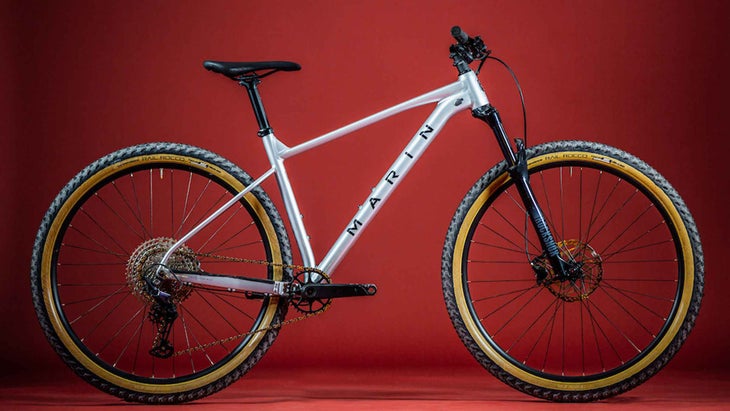
4. What Are the Benefits of Full Suspension Versus a Hardtail?
The obvious benefit to a full suspension bike is that it cushions the impacts on rough terrain, making it easier to ride fast without getting bounced off-line or having your teeth rattled loose. They also offer more grip because the wheels are more consistently pressed into the ground. Most serious riders and racers use full-suspension bikes for every discipline these days, from downhill to cross country. Even gravel bikes sometimes have suspension now.
On the other hand, hardtails are usually much less expensiveŌĆöor offer better parts and frame quality for the same priceŌĆömaking them the go-to option for those on a tight budget. There’s less to go wrong and no pivots or rear shock to service, too. Apples-to-apples, hardtails are usually lighter and transmit slightly more of your pedal power to the ground, making them fractionally faster on smooth climbs (this is why hardtails still get used occasionally for smoother cross-country courses). Also, some (strange) people just prefer the challenge of riding without rear suspension.
5. How Do You Choose the Right Frame Size?
These days, most manufacturers provide a size guide on the geometry tab of their website; this is a reliable indicator for most people. There’s often a range of rider heights that overlap between two sizes. In this case, size down if you want more agile handling or size up if you want more stability for fast terrain.
For more on this, see our guide to modern bike sizing. If possible, try and arrange a test ride or talk to the manufacturer for a personalised recommendation.
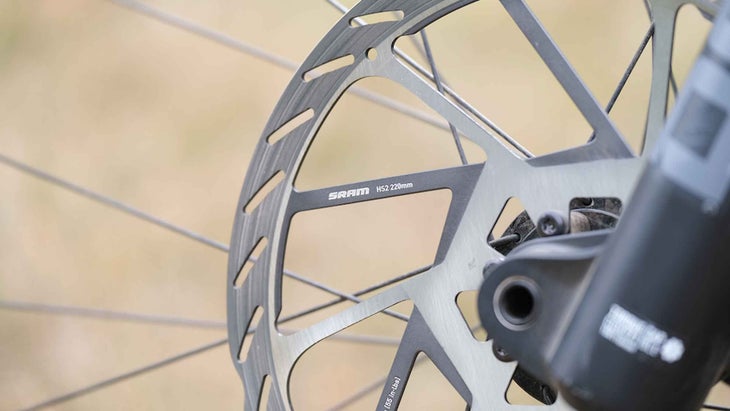
6. What Are the Best Upgrades for My Mountain Bike?
It depends on what components your bike has, but common upgrades that make a big difference without costing the earth include comfy grips and a saddle that fit your body better; tubeless tires that are appropriate to the riding you usually do, and a dropper post if you don’t already have one. Better brakes can massively improve confidence too, but you don’t always have to spring for a whole set – bigger rotors (larger diameter or thicker) and fresh brake pads (sintered for wet weather) can boost power and consistency.
7. WhatŌĆÖs the Difference Between Cross-Country, Trail, Enduro, and Downhill Bikes?
Cross country (XC) races are usually won or lost on the climbs, so XC bikes are designed to excel when going uphill, with minimum weight and efficient suspension. Modern examples have 100-120 millimeters of suspension travel and can weigh as little as 24 pounds. Descending is still important, especially in modern cross country, so XC bikes often have dropper posts and slack head angles, but the geometry is still less confidence-inspiring than trail bikes. Also, the handlebars are typically much lower. Almost all modern XC bikes have 29-inch wheels.
“Trail” isn’t a racing discipline, so trail bikes are designed to be fun. They should be light enough to enjoy rather than endure climbs but usually with a stronger emphasis on descending capability. They typically have 130-150 millimeters of suspension travel which makes them pretty capable when the trail gets hectic but not so much that they feel lethargic in flowy terrain. Most have 29-inch wheels, though recently many have a 27.5-inch wheel at the back or the option to run either.
Enduro bikes may look like trail bikes, but they’re designed with much more bias towards descending. In enduro racing, it’s only the descents that are timed, so climbing performance takes a back seat (although some enduro bikes climb surprisingly well). They have 160-180 millimeters of travel, tough tires, big brakes and burly components. Many enduro bikes weigh well over of 35 pounds. Some have 29-inch wheels front and rear and some have a 27.5-inch wheel at the back. Many can accept either rear wheel size.
Downhill bikes are not designed to be pedaled uphill at all. They have 200 millimeters of suspension travel or more, stiff dual-crown forks, and close-ratio gearing. Because they do not need a dropper post or wide-range cassette, they are often no heavier than enduro bikes. In recent years, most have moved to mixed wheels (29-inch front, 27.5-inch rear) though some can still accept 29-inch wheels at both ends.
Mountain bike disciplines are more of a spectrum than distinct categories; it’s perfectly possible to take your trail bike on a cross-country ride and visa-versa. There are also tongue-in-cheek sub-categories that seek to split the difference even further, such as “downcountry” (a compromise between trail and XC) or “all-mountain,” which fits in between trail and enduro.
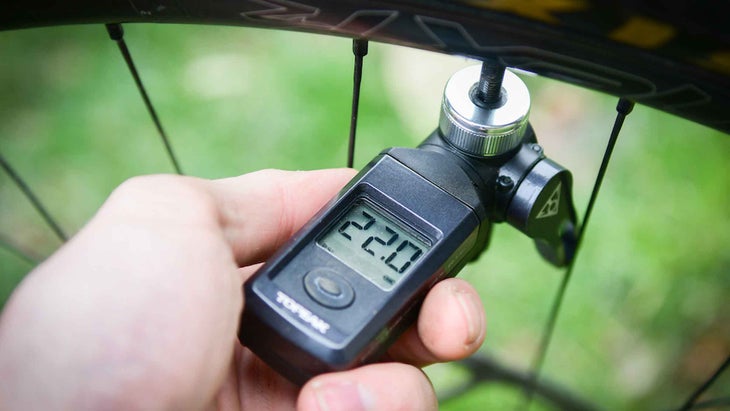
8. What Tire Pressure Should I Run on My Mountain Bike?
This varies depending on rider weight, tire construction, terrain, and riding style. But a good place to start is to ignore the pressures printed on the tire sidewallŌĆöthey’re usually a maximum rather than a recommendation. Most riders should start at pressures between 20 psi and 30 psi. Go towards the lower end of that range if you’re lighter, less confident, or riding slippy terrain. Go higher if you’re heavier, riding hard, or the trails are rocky. It’s usually a good idea to run about 3 psi more pressure in the back tire than the front, as it takes more weight.
Use a pressure gauge to measure tire pressures before each ride and experiment to find what works for you. It doesn’t have to be a fancy gauge, but ideally, it should be the same one every time. Usually, you’re looking for the lowest pressure you can get away with before the tire starts to collapse in corners or when you start to feel the tire hitting the rim when riding over rocks.
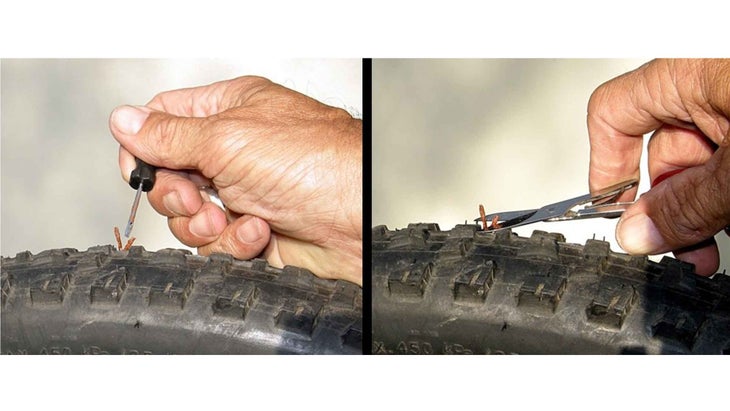 Tubeless repair plugs can be surprisingly effective. (Photo: Richard Cunningham)
Tubeless repair plugs can be surprisingly effective. (Photo: Richard Cunningham)9. How Do I Repair a Puncture on a Trail?
Option 1: If it’s a tubeless tire, find the hole and push a puncture repair plug into it. Afterwards, trim the excess. When you get home, you may want to stick a puncture repair patch to the inside of the tire. This will help long term, but just be sure to do so after cleaning the tire.
Option 2: If option 1 fails or the tire isn’t tubeless, insert an inner tube to get you home. When you get home you can patch the tire or the tube with a puncture repair kit.
Option 3: If you haven’t got a spare tube, remove the tube and locate the puncture. You can do this by inflating the tube with a pump. Fix the puncture with a patch kit.
Option 4: Borrow an inner tube from a friend in exchange for future beers.
Option 5: Give up. Cry. Walk home. Get back late. Cry more.
10. How Do I Improve My Technical Mountain-Biking Skills?
- Ride more.
- Book a coaching course.
- Regularly practice a short section of trail several times.
- Get your friends to film your riding so you can see where to improve.
- Watch Pinkbike’s .
- Ride more.


